Cone Crusher Parts-Mantle And Bowl Liner
Product Description
Mantle and Bowl liner are the main parts of the Cone crusher to crush materials during operation When the crusher is running, the Mantle moves in a trajectory on the inner wall, and the Bowl liner is stationary. The Mantle and Bowl liner are sometimes close and sometimes far away. The materials are crushed by the Mantle and Bowl liner, and finally the materials are discharged from the discharge port.
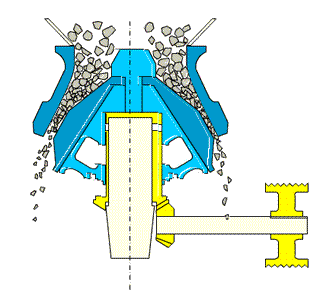
WUJ accepts customized drawings and can also arrange technicians to conduct physical measurement and mapping on site. Some Mantle and Bowl liner produced by us are shown below
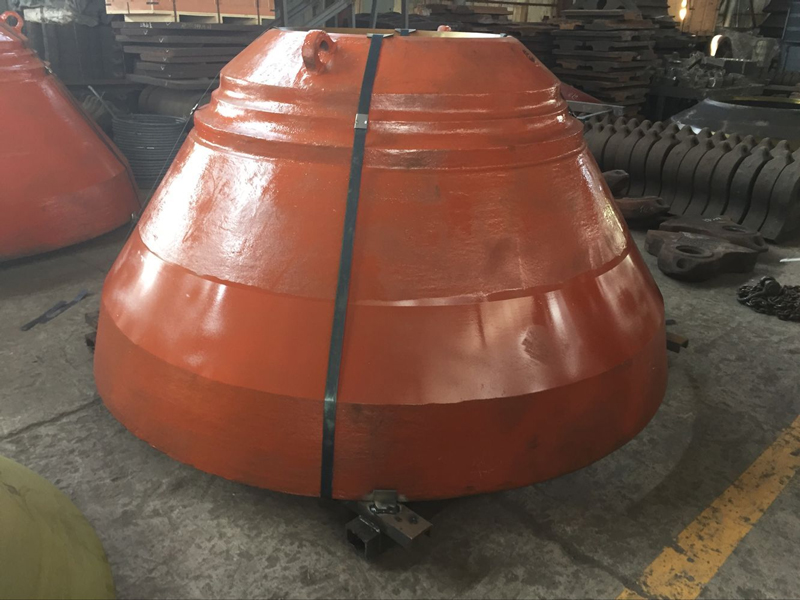
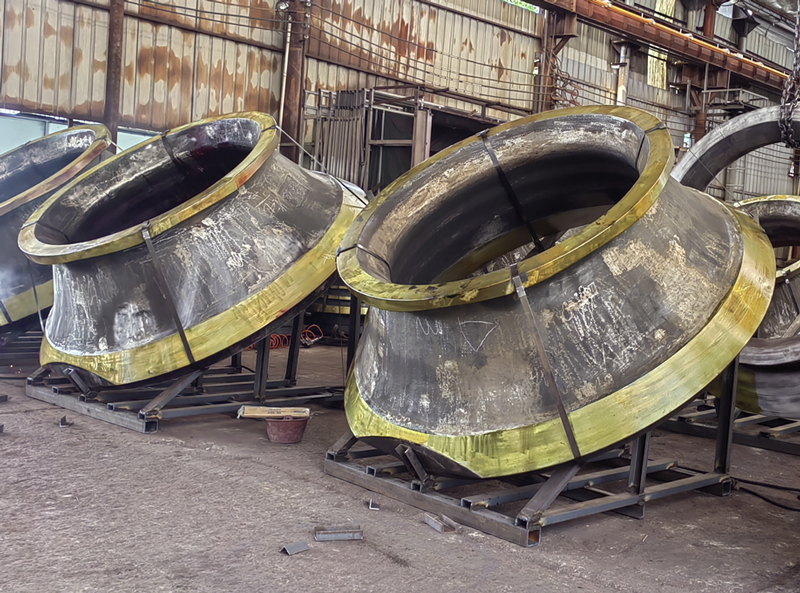
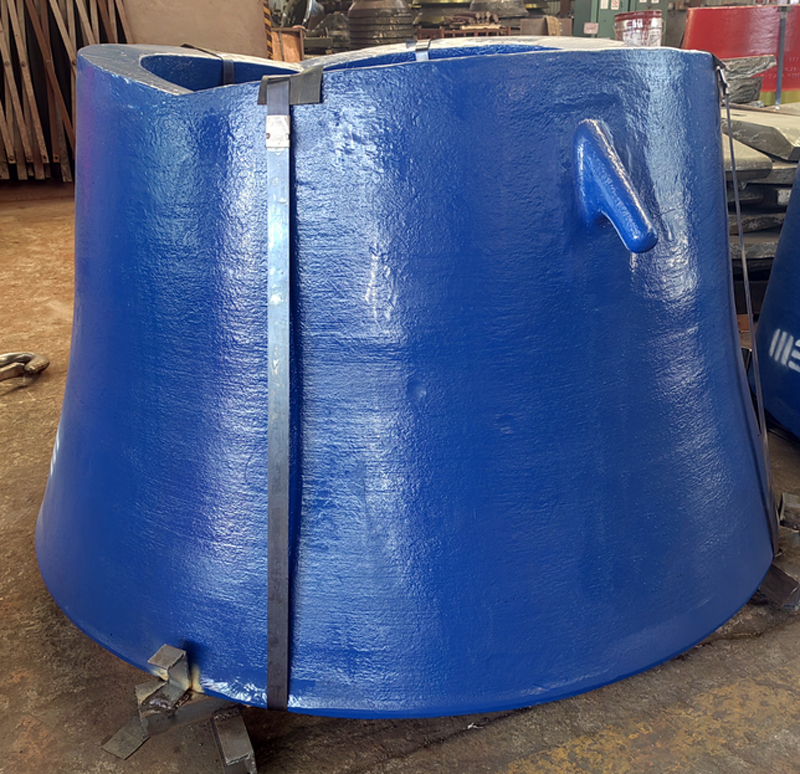
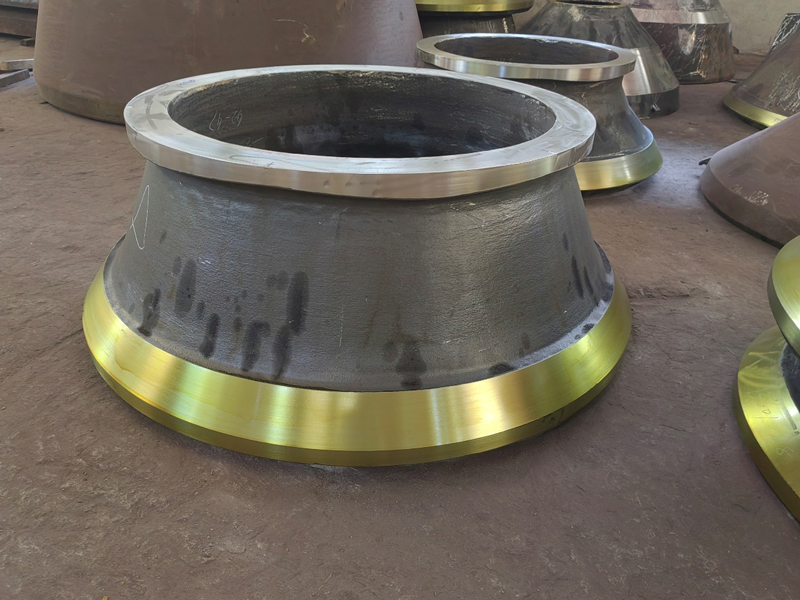
Material of WUJ Mantle and Bowl liner
WUJ can produce Mantle and Bowl liner made of Mn13Cr2, Mn18Cr2, and Mn22Cr2, as well as upgraded versions based on this, such as adding a certain amount of Mo to improve the hardness and strength of the Mantle and Bowl liner.
Service life and influencing factors of Mantle and Bowl liner
Generally, the Mantle and Bowl liner of the crusher are used for 6 months, but some customers may need to replace them within 2-3 months due to improper use. Its service life is affected by many factors, and the wear degree is also different. When the thickness of the Mantle and Bowl liner is worn to 2/3, or there is a fracture, and the ore discharge mouth cannot be adjusted, the Mantle and Bowl liner need to be replaced in time.
During the operation of the crusher, the service life of the Mantle and Bowl liner will be affected by the content of stone powder, particle size, hardness, humidity and feeding method of materials. When the stone powder content is high or the material humidity is high, the material may adhere to the Mantle and Bowl liner, affecting the production efficiency; The larger the particle size and hardness, the greater the wear of the Mantle and Bowl liner, reducing the service life; Uneven feeding may also lead to blockage of the crusher and increase the wear of the Mantle and Bowl liner. The quality of the Mantle and Bowl liner is also the main factor. A high-quality wear-resistant accessory has high requirements on the surface of the casting in addition to its material quality. The casting is not allowed to have cracks and casting defects such as slag inclusion, sand inclusion, cold shut, air hole, shrinkage cavity, shrinkage porosity and lack of flesh that affect the service performance.











